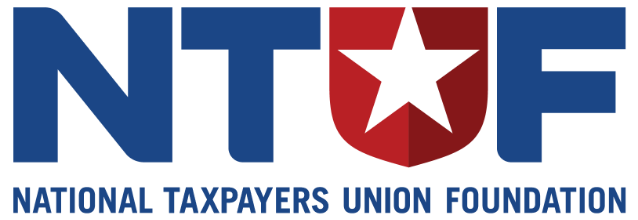October 20, 2025
The Honorable Ted Cruz
Chair, Senate Committee on Commerce, Science, and Transportation
The Honorable Maria Cantwell
Ranking Member, Senate Committee on Commerce, Science, and Transportation United States Senate
Washington, D.C. 20510
Dear Chair Cruz and Ranking Member Cantwell,
My name is Ryan Nabil, and I serve as the Director of Technology Policy and Senior Fellow at the National Taxpayers Union Foundation, a think tank in Washington, D.C., where I research U.S. and international approaches to AI governance, data privacy, and emerging technologies.
We appreciate the Committee’s recognition of the important role that regulatory sandboxes can play in developing a well-calibrated, evidence-based, and innovation-friendly approach to AI regulation. To that end, we commend the Chairman’s efforts to advance this discussion through the introduction of the SANDBOX Act.
As the Committee evaluates the legislation and considers ways to strengthen and refine the bill, we would like to share a policy brief titled “Rethinking the SANDBOX Act: Why the United States Needs Better-Designed AI Sandboxes.” The brief outlines several challenges in the current draft and offers reforms to enhance the Act’s effectiveness—helping ensure that U.S. efforts to govern artificial intelligence remain both innovation-friendly and institutionally sound.
Regulatory sandboxes can be an effective tool for AI governance—but only if they are accompanied by sound institutional design. The core purpose of an AI sandbox is to facilitate regulatory learning and experimentation that inform evidence-based rulemaking and reform, giving agencies a controlled environment to test and observe how emerging applications interact with existing or proposed rules and calibrate regulations accordingly.
As currently drafted, however, the SANDBOX Act risks falling short of this purpose. It defines the sandbox primarily as a vehicle for job creation, centralizes authority in the White House Office of Science and Technology Policy (OSTP), and authorizes broad, long-term waivers without a clear rationale. Such a structure could unintentionally entrench regulatory privilege, create uneven competitive conditions, and fail to generate the institutional insights that make sandbox programs effective.
Drawing on lessons from existing U.S. and international sandbox programs, the attached brief focuses on the institutional design challenges of the SANDBOX Act. It identifies specific structural improvements that would make the Act more effective and durable—ensuring that it supports regulatory learning, evidence-based rulemaking, and systemic reform rather than firm-specific exemptions.
More specifically, the policy brief proposes five key reforms:
1. Reframe the statutory purpose around regulatory learning and systemic reform rather than short-term industrial promotion;
2. Develop multiple sector-specific AI sandboxes rather than a single centralized model housed within OSTP;
3. Limit the scope and duration of waivers to reduce risks of regulatory privilege;
4. Establish transparent eligibility and selection criteria to ensure fairness and direct limited regulatory resources toward high-value projects; and
5. Create formal mechanisms to translate sandbox insights into broader regulatory reform.
Adopting these refinements would help ensure that the SANDBOX Act serves its intended purpose: to facilitate regulatory learning and systemic reform. A framework grounded in sound institutional design—sectorally informed, transparent, and evidence-based—would strengthen U.S. regulatory capacity while enabling innovation to proceed within clear, adaptive, and durable guardrails.
We would welcome the opportunity to discuss these recommendations and provide additional insights as the Committee considers this legislation. Thank you for your leadership in advancing a thoughtful, evidence-based approach to AI governance.
Yours sincerely,
Ryan Nabil
Director and Senior Fellow, Technology Policy
National Taxpayers Union Foundation
122 C Street NW
Washington, DC 20001
Attachment:
“Rethinking the SANDBOX Act: Why the United States Needs Better-Designed AI Sandboxes” (October 2025)

